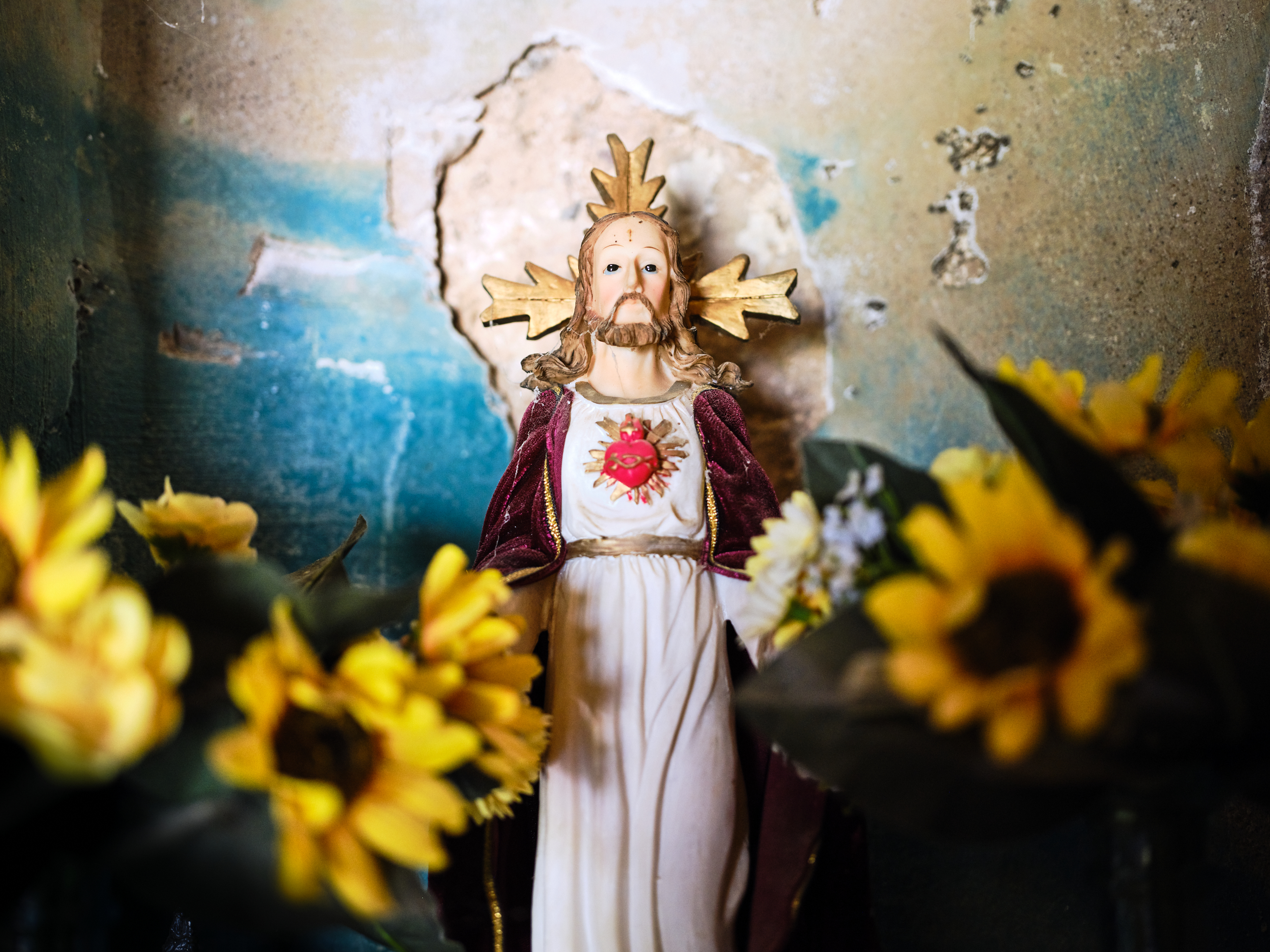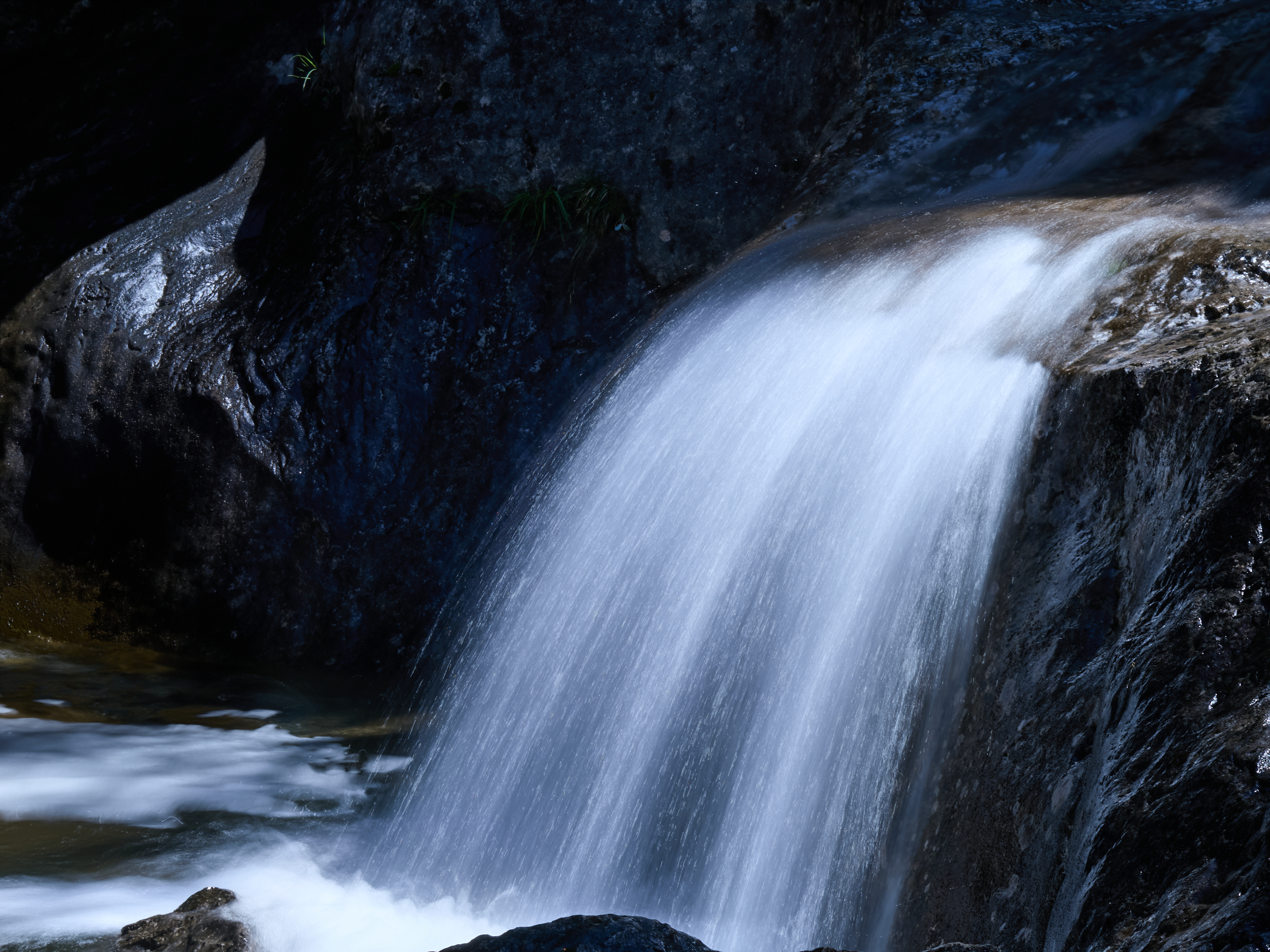Don’t go Chasing

Don’t go Chasing
A set of images taken on a weekend hiking trip to Bielsa, in the Parque Nacional de Ordesa. The park is part of the Pirineos, with typical glacial features. We were extremely lucky to have arrived to good weather following a week of heavy rain and storms, so that the rivers were very active for this time of year.

We had time for three hikes. The first around los Lllanos de Larri, the area to the west of Monte Perdido and Revilla. The area is quite busy with tourists, but the majority do not move far from a car park and in the mountains it was possible to hike all day while seeing only a handful of people. It is only a short drive from Barcelona and unlike the coastal areas it is still possible to find reasonably priced accommodations in the area.

An issue for me was walking in the heat. Many of the tracks are within woodland, but even there the humidity and frequently steep slopes made the hiking exhausting.
Many areas are also heavily grazed by cattle, resulting in little shelter from the sun. Frequently, this is a landscape that is distinctly anthropic.

Despite this, there are few constructions in the mountainous areas, and almost none of the shrines typically found along paths in Alpine regions and which add photographic variety.
Most villages do have a small church however, such as this one found tucked on the hillside in Revilla.



But the main feature of most of the walking was the water and the numerous waterfalls. We were extremely fortunate with our timing, as usually at this time of year there should be much less water. This is almost certainly the result of the ongoing climate crises, which this year appears to have shifted the rainfall pattern away from the autumn to the early summer.
While heavy, we have been fortunate that the summer rains here have not been as devastating as those elsewhere.




All the images on this trip were taken with a mix of Fujiflm GFX with 30mm and 45mm primes or an Olympus with the 12-40mm zoom and 60mm macro. Almost all were taken using a polarising filter to control reflections.
At blog sizes it is impossible to tell the micro 4/3 images from the medium formal output, and the Olympus has huge advantages for hiking in good light, with lower weight, longer reach, better stabilisation, and useful computational features such as a simulated ND filter that works brilliantly even without a tripod. In prints it is impossible to tell them apart with paper sizes up to A1, while at A2 the difference for low ISO shots is only visible with a magnifying glass. The bottom line is that you either need very large prints or use higher ISOs (1600 or more) to see a significant difference.

Categories: Landscape, Nature, Photography